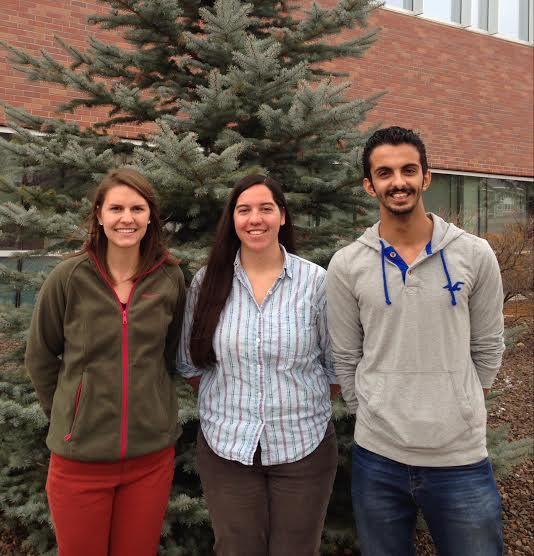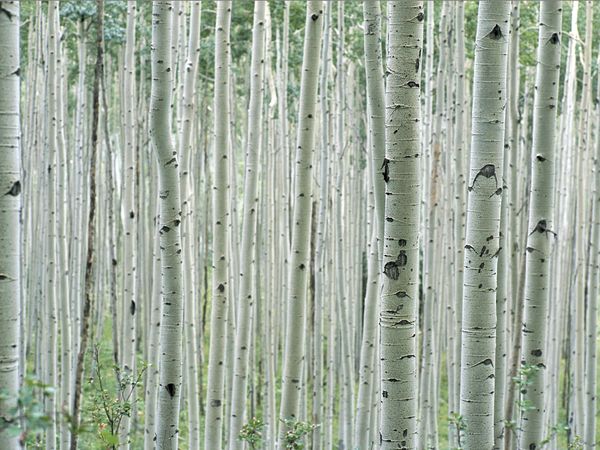Re-Sequencing Cell D at Cinder Lake Landfill
The City of Flagstaff Cinder Lake Landfill is proposing a re-sequencing of Cell D. Re-sequencing Cell D will expand the available airspace for future waste. In order to expand the current Cell D, rock excavation and landfill mining must be performed. A landfill mining and excavation plan was developed for the project. Landfill mining consists of removing municipal solid waste (MSW) from the earth to benefit the land in the future.
Who We Are

AEES Team
(left to right: Shayla Woodhouse, Coral Martz, Saleh AlAzmi)
Photo credit: Fawaz Alotaibi
Aspen Engineering and Environmental Services (AEES) is an environmental engineering capstone team at Northern Arizona University (NAU). The team is comprised of three seniors, Saleh Alazmi, Coral Martz and Shayla Woodhouse.
What We Do
AEES was given the task to design a plan for the construction of a future cell (Cell D) for the disposal of waste at Cinder Lake Landfill in Flagstaff, AZ. Re-sequencing Cell D is a challenge that the team must work together to accomplish.
Re-Sequencing Cell D : Project Background
The City of Flagstaff Cinder Lake Landfill is proposing a re-sequencing, or redsign, of Cell D. The re-sequencing of Cell D will expand the available airspace for future waste in Cell D, potentially saving the City of Flagstaff millions of dollars. The project not only demands the expansion of Cell D, by depth, but it also entails landfill mining a portion of Cell C and the South Thumb. This inclusion of Cell C and the South Thumb into Cell D will create more usable waste for future waste.
